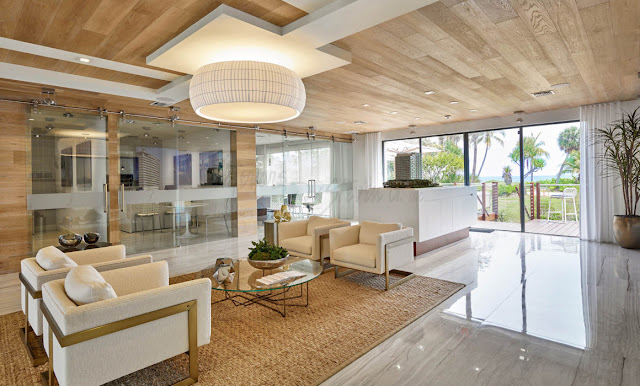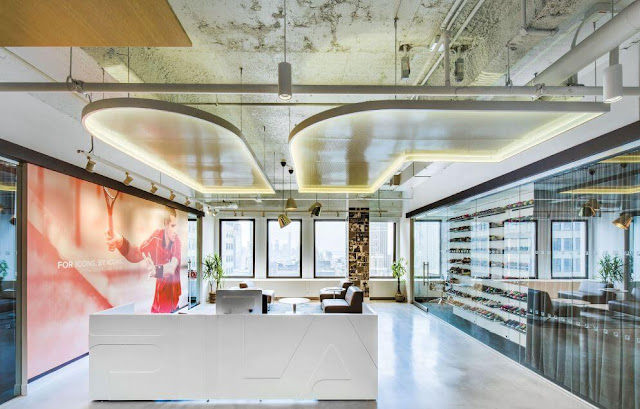Designing for the Modern Workplace: How to Incorporate Technology and Flexibility into Commercial Spaces
The modern workplace is constantly evolving and adapting to new technologies, flexible work arrangements and shifting employee preferences. As a result, designing commercial interior design spaces that meet the needs of today's workforce requires careful planning and an understanding of the latest trends. In this article, we will explore some of the key considerations when designing for the modern workplace and how to incorporate technology and flexibility into commercial spaces.
One of the most important considerations when designing for the modern workplace is the incorporation of technology. Today's employees rely heavily on technology to complete their work and it is essential that commercial spaces are equipped with the necessary technology to support their work. This includes high-speed internet, wireless networks, and charging ports for mobile devices. In addition, it's important to consider the incorporation of smart technology such as, smart lighting and temperature control, energy management, and automation.
Another key consideration when designing for the modern workplace is flexibility. Flexible working arrangements such as remote work, co-working spaces, and open workspaces have become increasingly popular in recent years and have changed the way we think about office design. To accommodate this, commercial spaces should be designed with flexibility in mind, with features such as modular furniture, movable walls, and mobile office equipment. This allows employees to easily reconfigure their workspaces as needed and adapt to different work styles.
Incorporating natural light, greenery, and other elements of nature is also important when designing for the modern workplace. Studies have shown that exposure to natural light and greenery can have positive effects on mood, productivity, and well-being. Incorporating skylights, large windows, and outdoor spaces into commercial spaces can provide employees with natural light, fresh air, and a connection to the natural environment.
Another important consideration when designing for the modern workplace is the creation of a collaborative and engaging environment. Encouraging collaboration and communication between employees can boost productivity and creativity, and can be achieved through open workspaces, communal areas and shared spaces. This type of environment should be designed with comfort and functionality in mind, with ergonomic furniture, plenty of storage, and ample space for both formal and informal meetings.
Finally, it's important to consider the overall aesthetic and branding of commercial spaces. The design of a space can have a big impact on employee morale, productivity and the overall company culture. The aesthetic should be professional and conducive to work but also, it should incorporate the company's branding. By incorporating the company's brand colors, logos, and values into the design, it can help to create a sense of identity and unity among employees.
In conclusion, designing for the modern workplace requires careful consideration of the latest trends, including the incorporation of technology, flexibility, and nature, as well as a focus on collaboration, comfort, and branding. By creating commercial spaces that are designed with the needs of today's workforce in mind, businesses can ensure that their employees are happy, productive, and engaged. A good commercial interior design consulting or Architecture firm should be able to guide you through the process and make sure that your ideas are functional and up to code.


%20(1).jpg)
Comments
Post a Comment